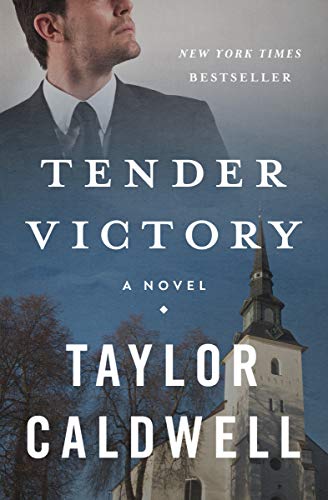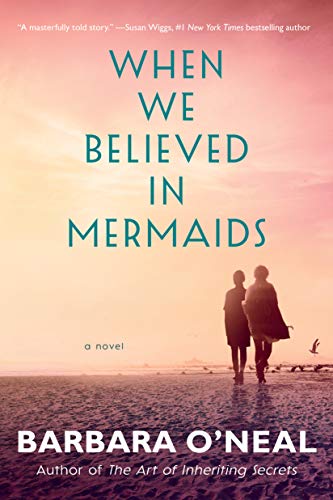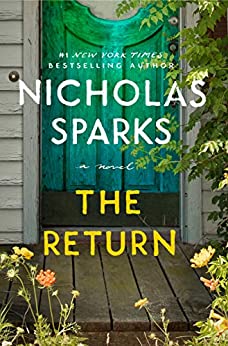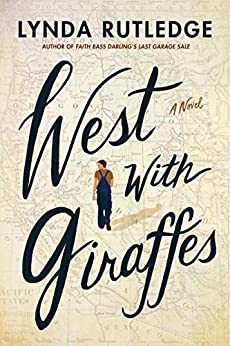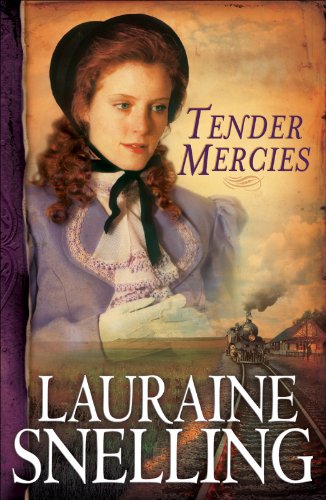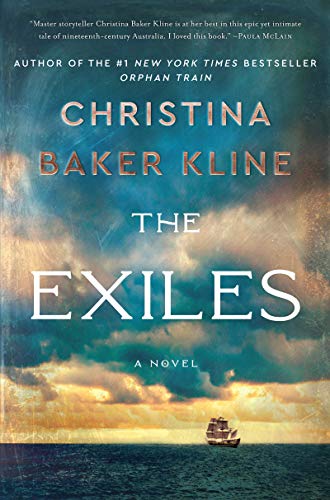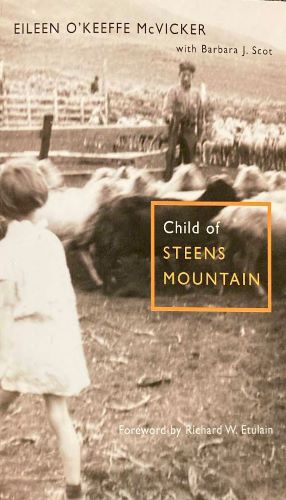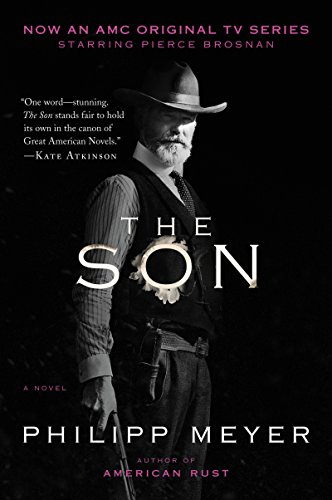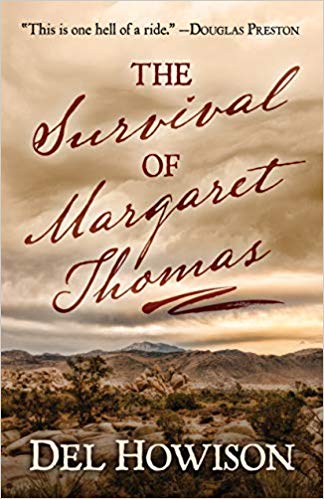
Set in the 19th century west, The Survival of Margaret Thomas by Del Howison is a gritty, mesmerizing novel of determination and justice.
Margaret Thomas still grieves over the death of her husband, Sheriff James Thomas, shot by bank robbers. She bears guilt, too. If he hadn’t tried to protect her during the shooting, he likely would not have been killed.
Two years after her husband was killed, Margaret receives a telegram from the sheriff in San Pueblo, Arizona saying that the man believed to be the bank robber and her husband’s killer had been captured and is awaiting trial. He suggests that she might be willing to testify at the trial.
Margaret sets out on horseback with her dog trailing alongside. It’s a long way from Missouri to Arizona, but she’s determined to go, even if it means two days on horseback, then a series of three trains, then horseback again. Along the way she meets up with a dwarf, a man whom her husband arrested some time back, and who is now redeemed. He decides to join her. Later they meet up with a Gypsy woman, down on her luck, with noticeable bruises and a ruined wagon. She unhitches her horse and joins them. Later, another woman joins the group, a former “woman of the night” who seeks a new life, or at least a different one than she has now.
The Survival of Margaret Thomas is a vividly told story of courage, wit, and a sense of the true wild west. Plan to settle back with this book for a wild ride.


